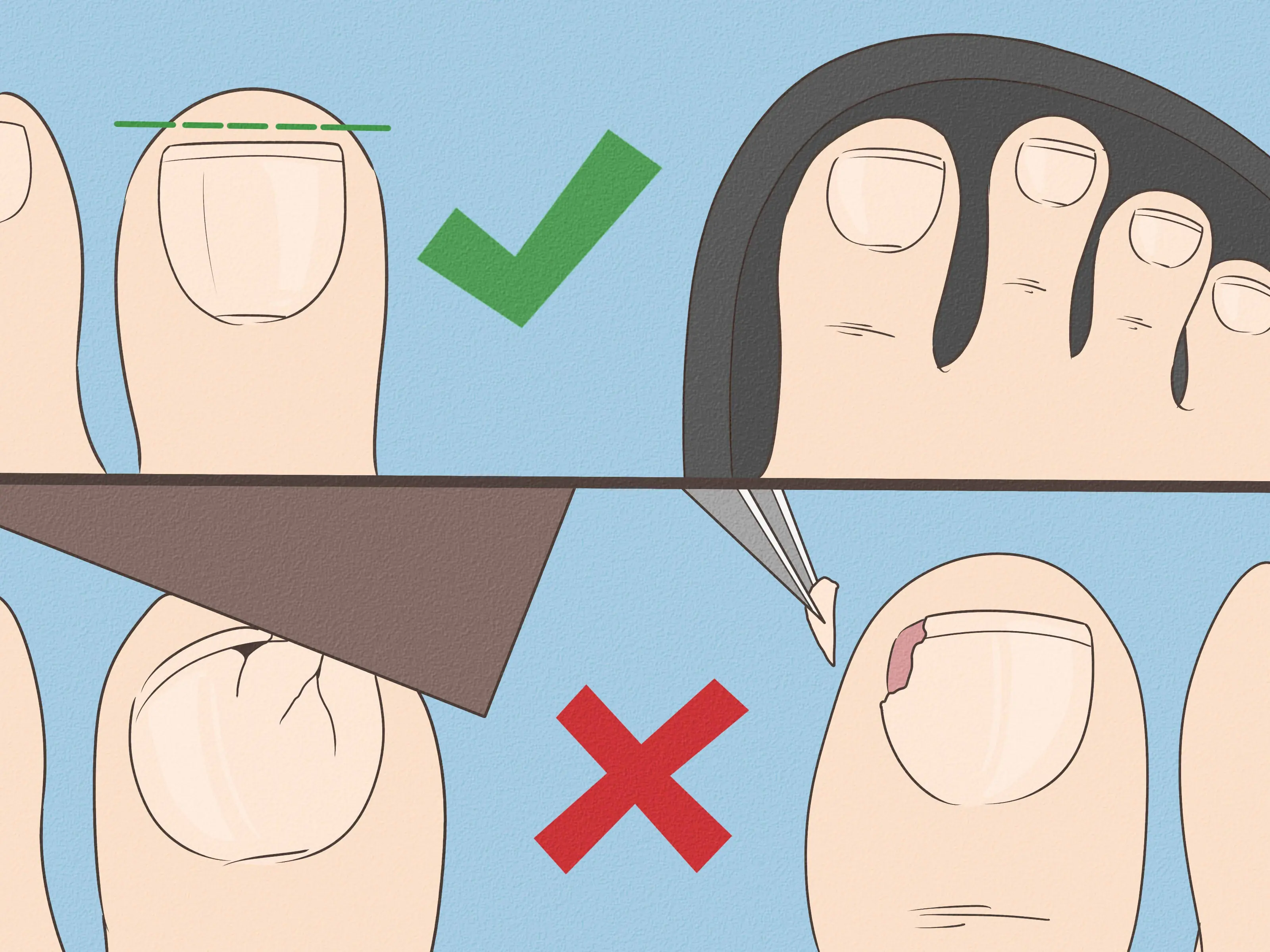
What those strange skin patterns might really mean

According to Dr. Joseph Jorizzo from Wake Forest University, “your skin can be a window to your underlying health.” While many of us think of the skin primarily as a barrier protecting us from external elements, it is actually one of the body’s most powerful communicators — often giving early signals about internal health issues before other symptoms arise.
Unexpected or unusual changes in your skin — such as rashes, discoloration, or texture differences — can sometimes be the body's first warning sign that something more serious is happening underneath. Recognizing these early indicators can help you detect potential problems sooner and seek appropriate medical attention in time.
What Is Livedo Reticularis?
Livedo reticularis (LR), also commonly referred to as "mottled skin," is one such skin condition that can indicate circulatory or systemic health issues. It presents as a purplish, net-like or lace-patterned discoloration, typically visible on the arms, legs, or other extremities. This condition occurs when there is an interruption or irregularity in blood flow near the skin's surface.
While livedo reticularis can appear in people of any age, it is most commonly observed in infants and assigned females between the ages of 20 and 50. The discoloration often becomes more noticeable in cold temperatures and may fade when the skin warms up again. In some cases, it may be accompanied by numbness or a tingling sensation.
What Causes It?
Mottled skin develops when the small blood vessels under the skin constrict or experience spasms, disrupting normal blood circulation. This can occur due to:
-
Cold exposure
-
Stress
-
Low oxygen levels in the blood
-
Blood vessel disorders
-
Certain medications, particularly amantadine — a drug commonly prescribed for Parkinson’s disease, multiple sclerosis, and ADHD
Livedo reticularis may also be seen in association with a wide range of medical conditions, including:
-
Autoimmune disorders (like lupus or rheumatoid arthritis)
-
Blood clotting abnormalities
-
Septic shock
-
Thyroid dysfunction
-
Antiphospholipid syndrome
-
Pancreatitis
-
In rare cases, it can occur in individuals nearing the end of life
Types of Livedo Reticularis
There are two main forms of this condition:
-
Physiological (Primary) Livedo Reticularis
This type is generally harmless and temporary, most often triggered by cold temperatures. It is common in children, young adults, and people with fair skin. It usually resolves on its own once the person warms up. -
Pathological (Secondary) Livedo Reticularis
This is a more persistent form and can indicate an underlying medical condition. It may be associated with serious systemic illnesses such as:-
Sneddon’s syndrome (a condition that links skin discoloration with an increased risk of stroke)
-
Polyarteritis nodosa (a rare autoimmune disease affecting blood vessels)
-
Cholesterol embolization (blockage of blood vessels by cholesterol fragments)
-
In secondary cases, livedo reticularis is not just a cosmetic issue — it is often a visible sign of deeper, more serious health concerns.
Diagnosis and Treatment
If you notice persistent or recurring signs of livedo reticularis, especially when accompanied by other symptoms (like fatigue, joint pain, or unexplained weight loss), it is important to consult a healthcare provider. A doctor may perform blood tests, imaging studies, or a biopsy to determine the underlying cause.
Treatment depends on the type:
-
Primary LR: Often requires no treatment. Simply staying warm can help the discoloration fade.
-
Secondary LR: May require medications such as:
-
Anticoagulants to prevent blood clots
-
Corticosteroids to reduce inflammation
-
Drugs to improve blood flow and circulation
-
Doctors may also suggest lifestyle changes, including:
-
Quitting smoking
-
Regular physical activity
-
Managing chronic conditions like high blood pressure or high cholesterol
-
Avoiding prolonged exposure to cold environments
Final Thoughts
Skin is not just the body’s largest organ — it’s also a powerful diagnostic tool. While mottled skin can sometimes be completely benign, it may also point to more serious internal conditions that require attention.
If you notice any lasting or unusual skin changes, especially patterns like livedo reticularis, don’t ignore them. Your skin may be telling you something important — and listening could make all the difference.
Disclaimer: This article is for informational purposes only and is not a substitute for professional medical advice, diagnosis, or treatment. Always seek the guidance of your doctor or other qualified healthcare professional with any questions you may have regarding a medical condition.
News in the same category

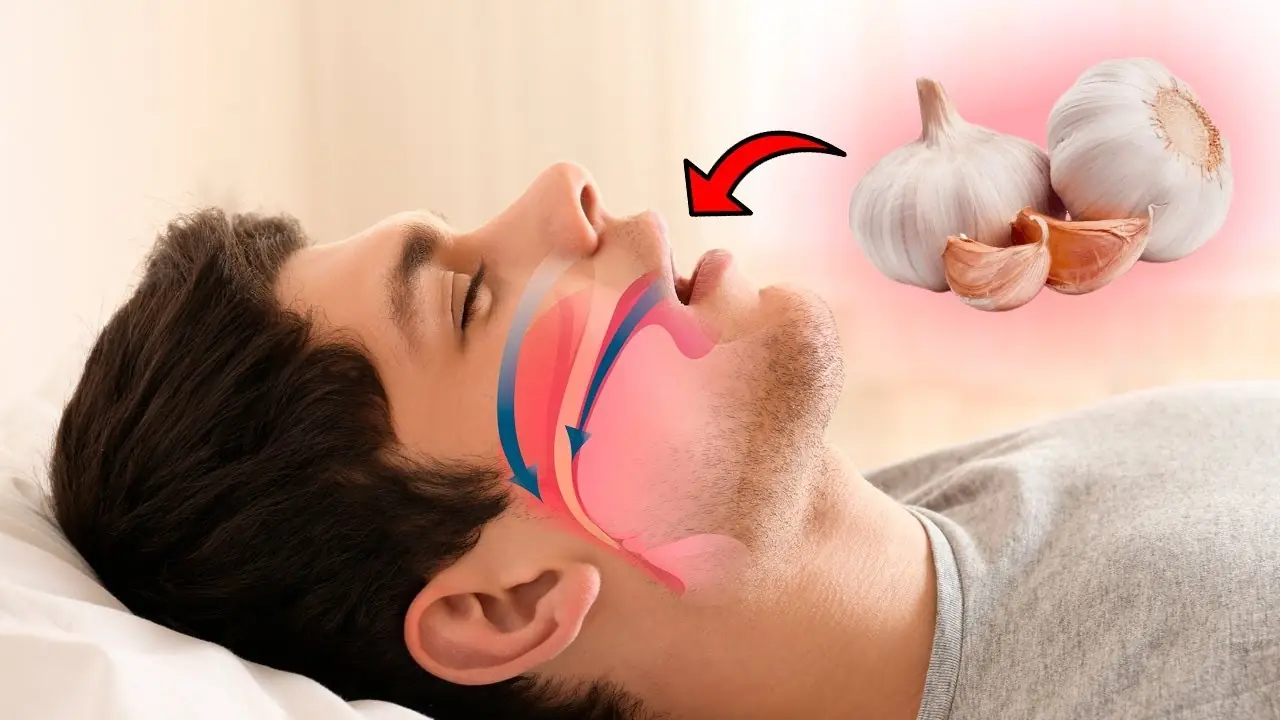
This Is What Happens to Your Body When You Start Eating Raw Garlic
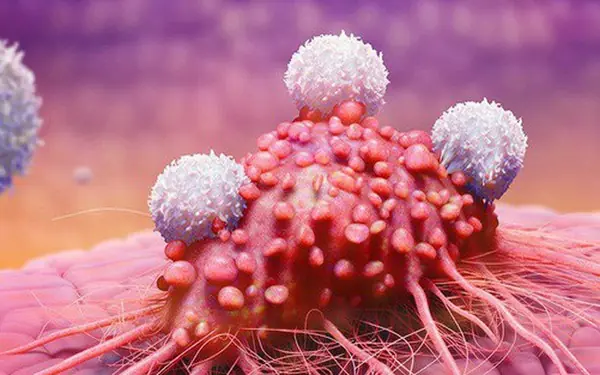
Small Morning Habits That Many Overlook but Boost Blood Flow and Energy
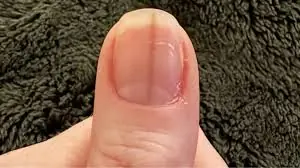
Woman Urged to See Doctor After Spotting Concerning Line

Groups of People Who Need to Avoid Eating Bread

Should You Eat Rice for Breakfast

Preventing Stroke At Any Age: 3 “Don’ts” After Meals—And 4 “Don’ts” Before Bed
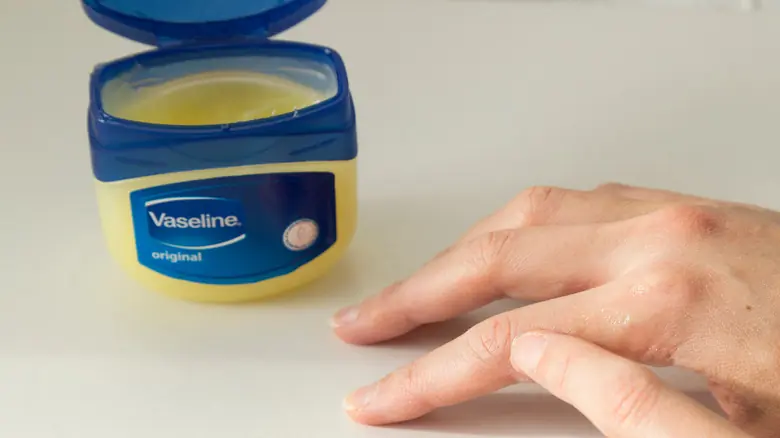
Why You Should Stop Using Petroleum Jelly On Your Skin (It’s a Byproduct of the Petroleum Manufacturing Process)
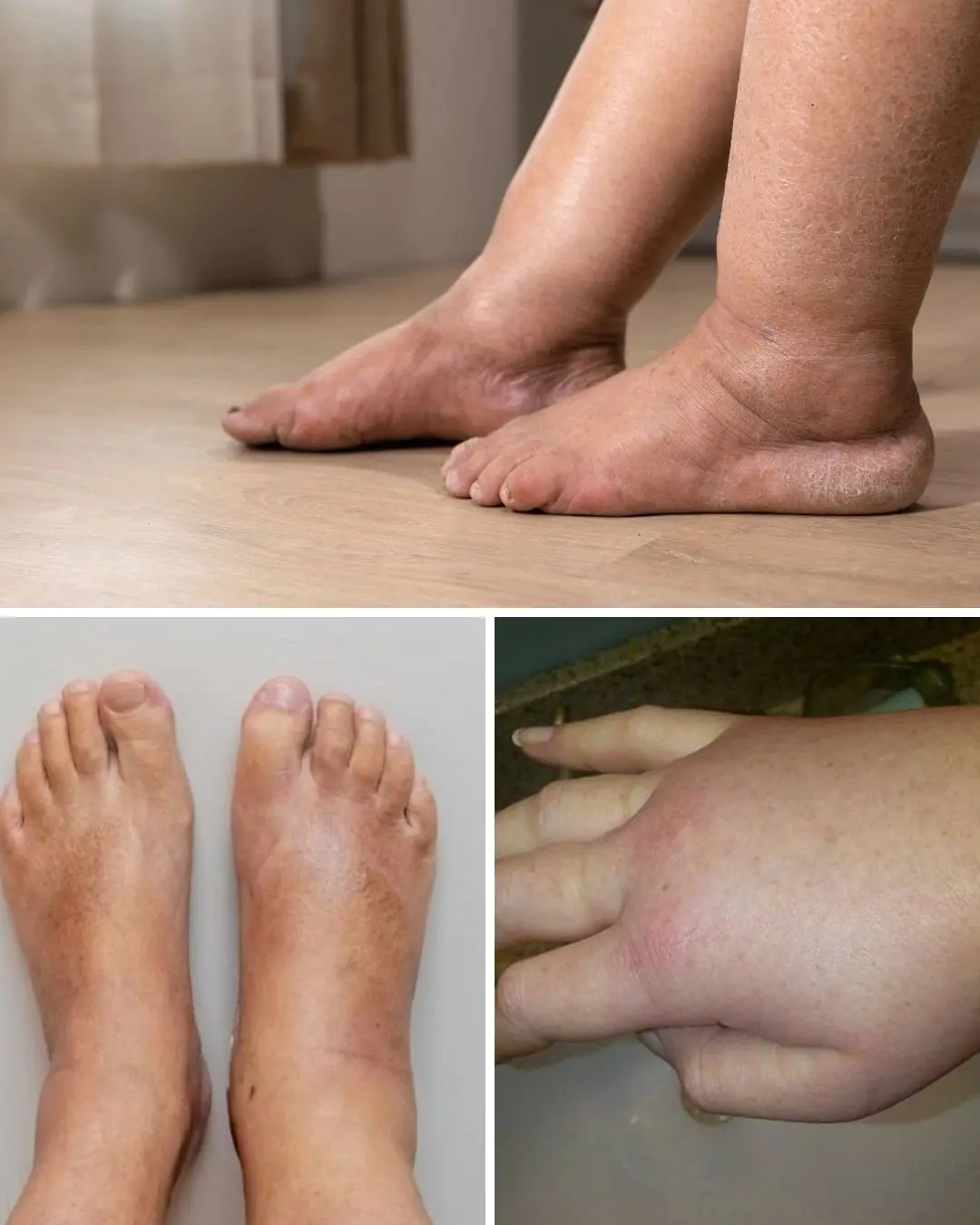
Foods that can ease swelling in hands and feet

Blood Clot in Leg: Signs and Symptoms You Shouldn’t Ignore (Pictures Included)

The Most Effective Ways to Naturally Get Rid of Clogged Ears

Most US Neurologists Who Prescribe MS Drugs Take Industry Money

Cognitive Benefit From Ginkgo biloba Monotherapy in MCI

Keeping Up on HS Management When Guidelines Are Outdated

How Your Body Changes in Your Forties and What It Means for Your Health

17 Foods That Increase Magnesium And Prevent High Blood Pressure, Blood Clots And Muscle Fatigue

New Blood Test Shows Over 90% Accuracy for Lyme Disease
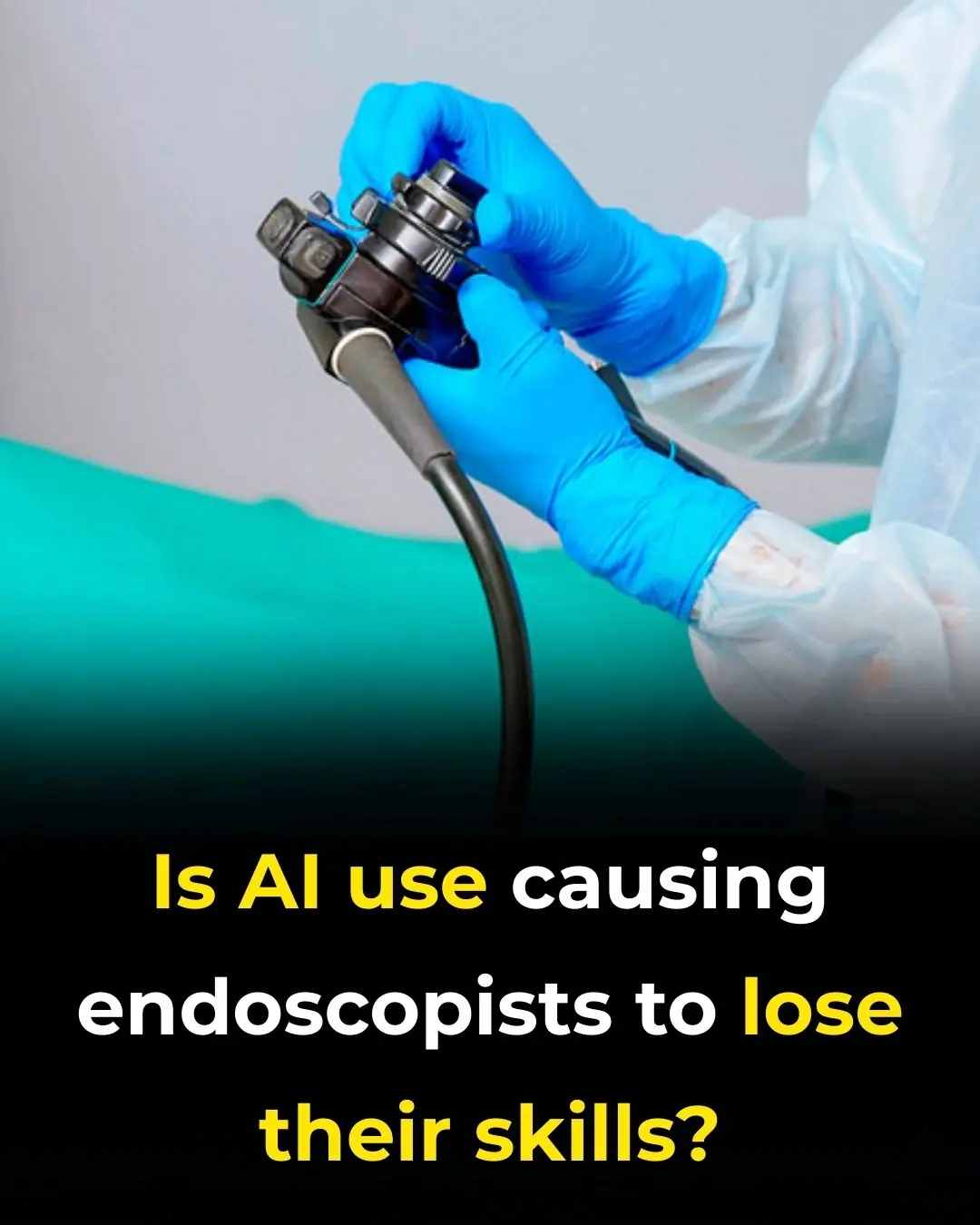
Is AI Use Causing Endoscopists to Lose Their Skills?
News Post

What Is the Small Cap Inside Cooking Oil Bottles For? Simple But Extremely Useful

A Trick to Repel Rats Using Common Household Ingredients, Keeping Your Home Clean, Fresh, and Rat-Free

Place a Face Mask in the Refrigerator: A Small Trick with Unexpected Results

Put Ice Cubes in Your Clothes Dryer, and You’ll Be Surprised by the Results

Why You Should Put Coins in the Refrigerator?

Tips for Choosing Good Avocados: Don't Be Tempted by Large Ones, They Are 'A Waste of Money'.

Natural Home Remedies for Ingrown Toenails That Bring Quick Relief

This Is What Happens to Your Body When You Start Eating Raw Garlic
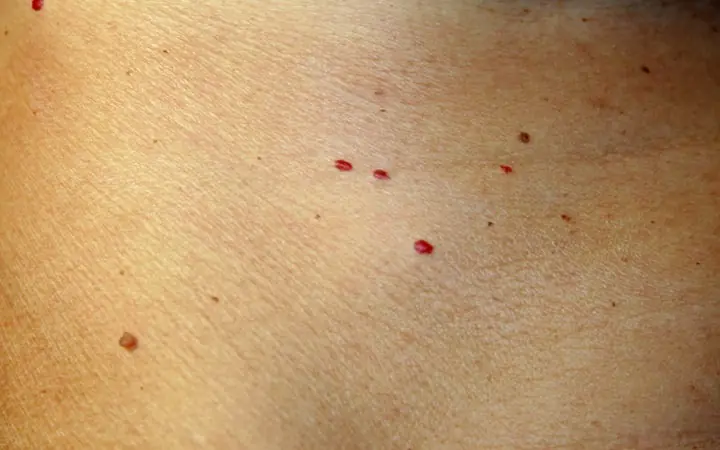
What Those Red Spots on Your Skin Are Warning You About and How to Remove Them Naturally

Small Morning Habits That Many Overlook but Boost Blood Flow and Energy

How to use Onion juice & Onion Hair Oil for Hair Growth – Onion Benefits for Hair

What it says about your relationship when your partner sleeps with their back to you

Woman Urged to See Doctor After Spotting Concerning Line

Homemade Okra Face Gel – Collagen Gel for Glowing Skin

Groups of People Who Need to Avoid Eating Bread

Should You Eat Rice for Breakfast

Preventing Stroke At Any Age: 3 “Don’ts” After Meals—And 4 “Don’ts” Before Bed

Why You Should Stop Using Petroleum Jelly On Your Skin (It’s a Byproduct of the Petroleum Manufacturing Process)
